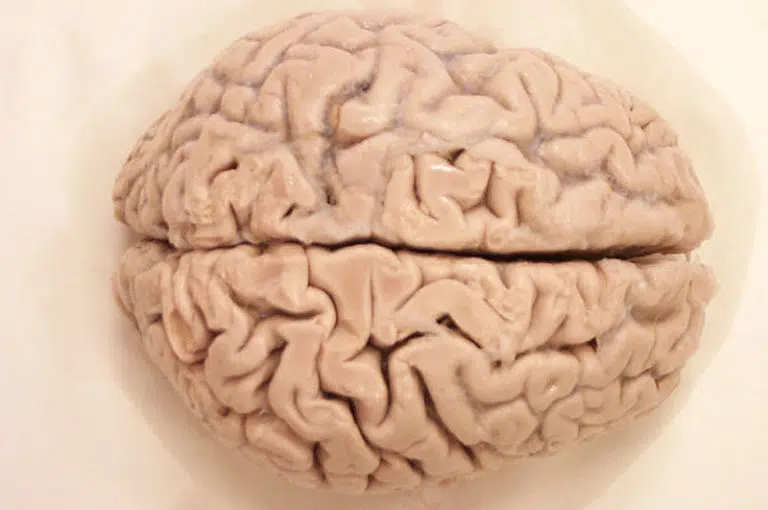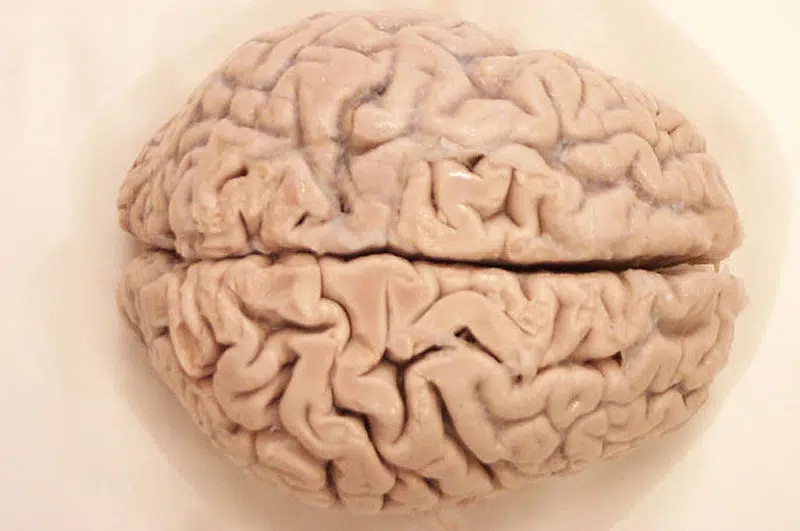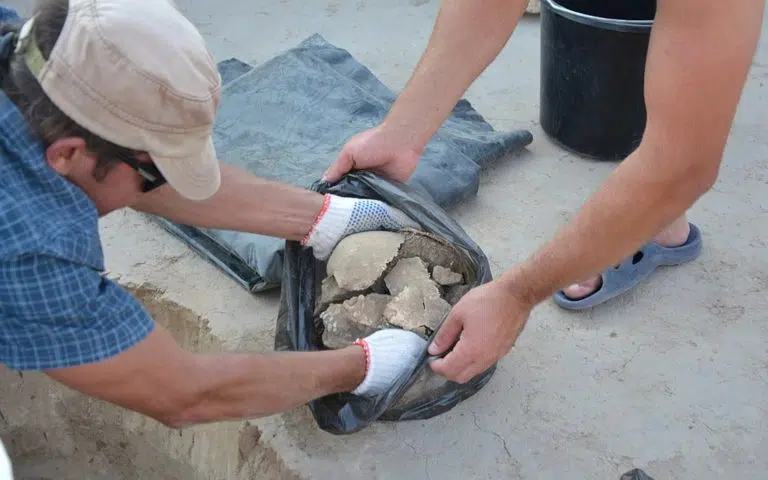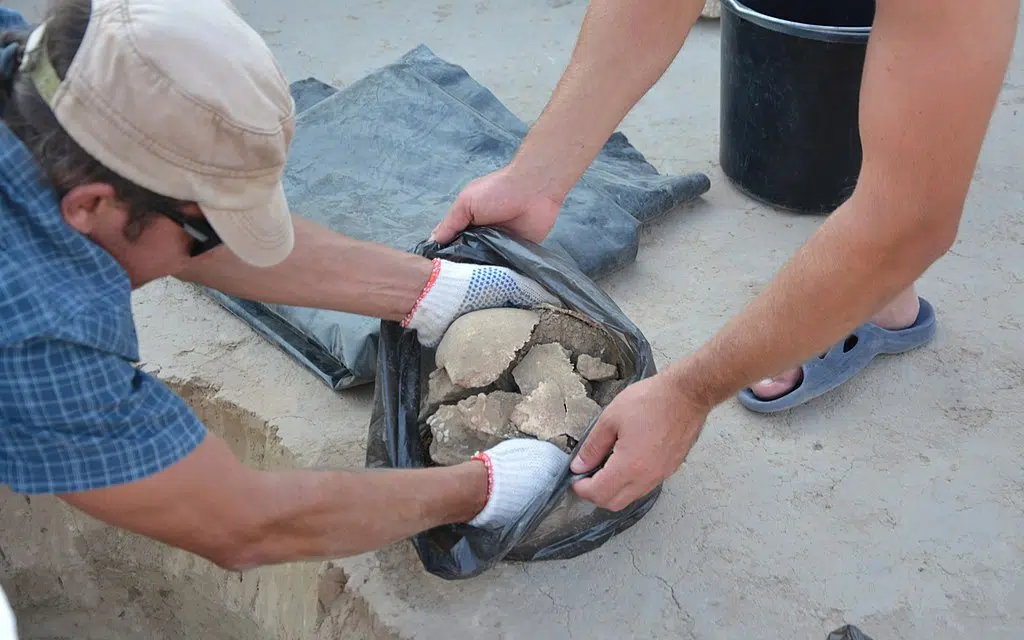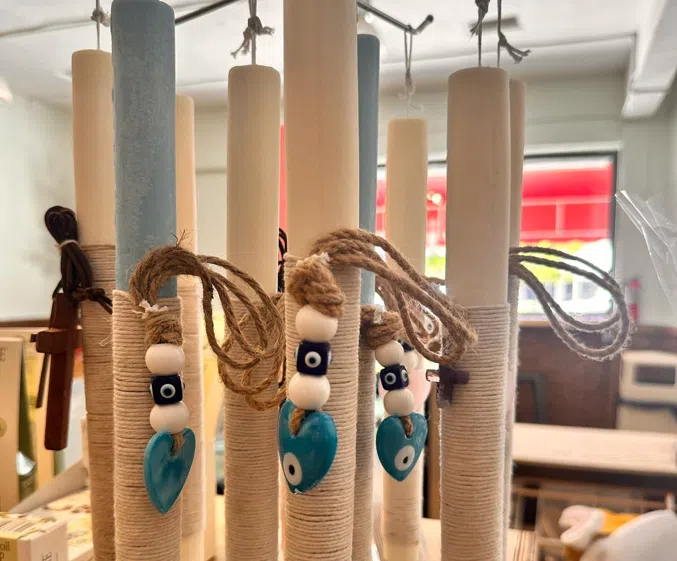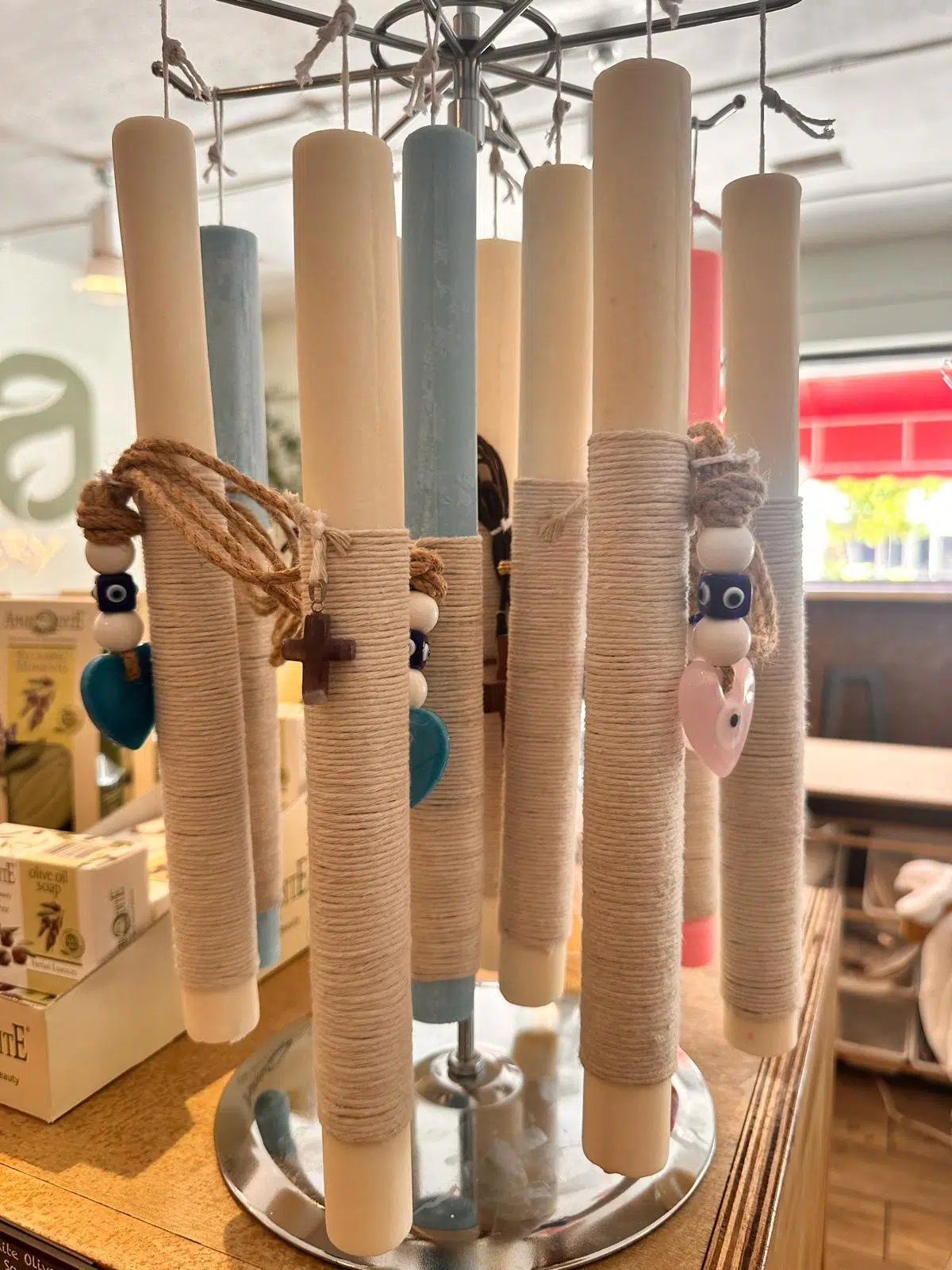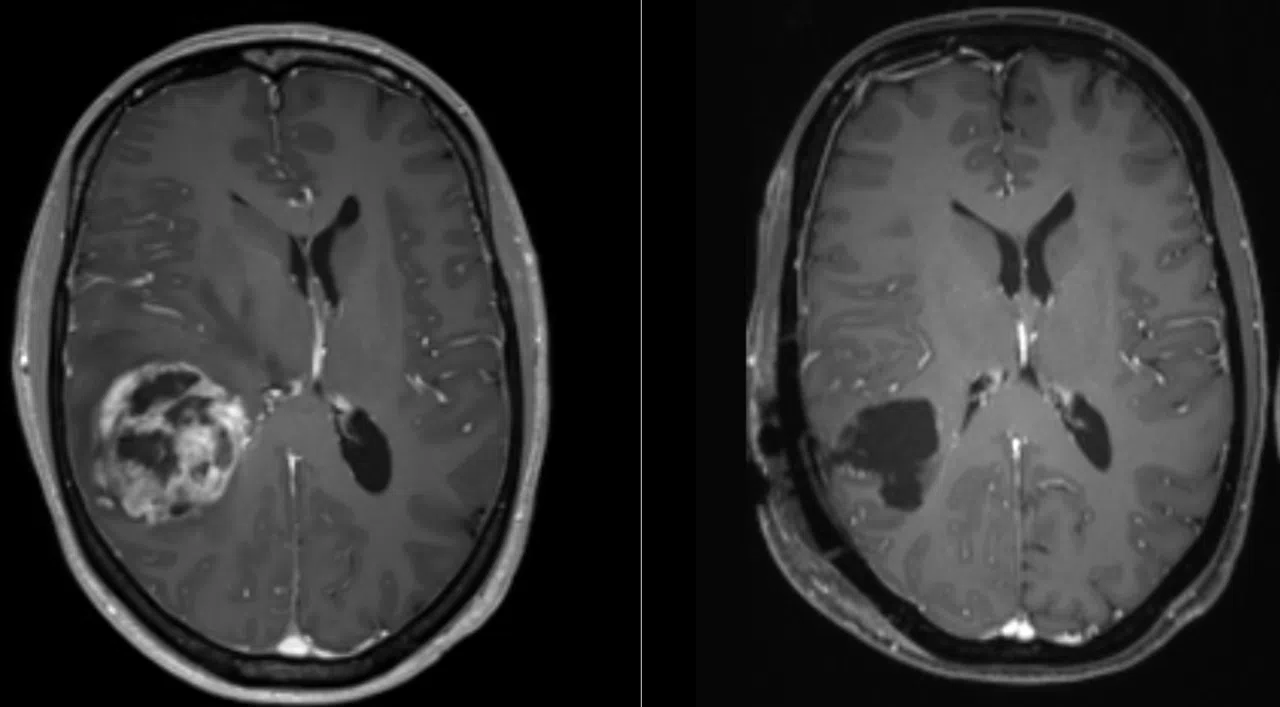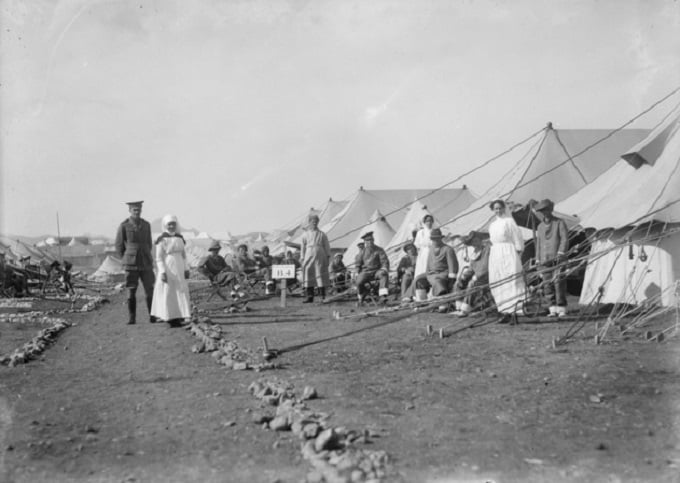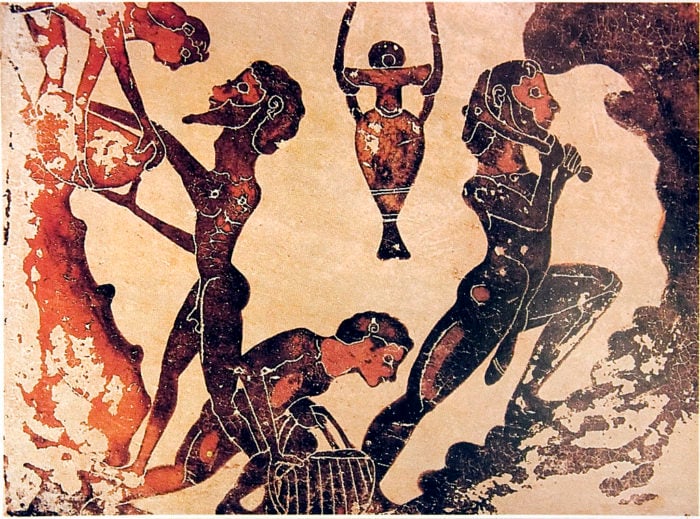
Slavery in Ancient Greece was acceptable and common, as in most organized societies of the time; yet there were several differences between city states.
The recorded history of slavery in Ancient Greece begins during the Mycenaean civilization (1600 to 1100 BC), as indicated in numerous tablets unearthed at Pylos.
Slaves played an important role in ancient societies since they were used in building temples and other construction works; principally, however, they were engaged in the crucial area of agriculture.
Female slaves served as maids, nurses, and cooks, and there were craftsmen, artists, musicians, and others who were enslaved but could live a decent life and earn income as well.
Craftsmen who worked with their masters lived in their own quarters and earned their income at free will.
Even the greatest thinkers at the time—and there were many—could not imagine a world free of slavery, since it was such an established phenomenon.
Aristotle described slavery in Ancient Greece as natural and necessary. For Aristotle, a slave was “living property” (in Greek, κτήμα έμψυχον). That indeed was the collective mindset at the time.
However, slaves were treated differently, and conditions under which they lived and worked could vary greatly, depending on the time and location in which they lived.
In Athens, the city-state with a democratic government, people would grow up with their family’s slaves, and it was not unusual to become friends with them.
In oligarchical Sparta, on the other hand, slaves were treated harshly, and their living conditions were inhumane and humiliating.
Who were slaves in Ancient Greece?
There were many sources to supply slaves to the economy. Some of the slaves had been born free but, owing to poverty, were sold by their parents into the slave market.
Other slaves, both men and women, were sold by their own tribes in exchange for goods. A large number of slaves were taken as prisoners of war, captured by the winning army.
There are writings that mention the sale of at at least 20,000 slaves by Philip II of Macedon, the father of Alexander the Great. After conquering Scythia, he procured children and women and sold them in the slave markets.
Greek slaves came from the different cities of Greece while others came from Egypt and Persia.

Slavery in ancient Athens
it is estimated that Athens had as many as 80,000 slaves in the 6th and 5th centuries BC, with an average household possessing three to four slaves; the only exception to that rule would be impoverished families.
Slaves in ancient Athens were the property of their masters under Athenian law. They could be bought, sold, and beaten, but only by their master.
There were also people who were considered public slaves, who were the property of the polis, or city-state, thus being a sort of “elite” slave.
If a male slave was freed, he became a “metic” (resident alien), and after that designation, he could be granted citizenship.
Many slaves worked and lived in their masters’ house, doing all the housework and, in many cases, tending to the family’s children.
Male slaves did the shopping for the household. If they lived and worked independently, they made periodic payments for their masters.
There are written documents containing records that slaves were involved in the building of the Erechtheion and worked in the silver mines of Laurion.
Female slaves are known to have been occupied in woolwork and the retail trade; they were also used as wet nurses for infants and known to have worked in craft shops around the agora.
Female slaves also worked as prostitutes in brothels and as concubines. However, a concubine had no rights whatsoever.
Occasionally, the concubine would stay with the man in his house along with his wife. At other times, she would be given a separate house to live in where her children would also live.
During Classical times, slave labor was the main workforce in the craft production industry. Most of the craft factories belonged to wealthy politicians.
There are records of Demosthenes owning two factories largely supported by slaves. One of these factories produced swords and had about thirty slaves while the other had twenty slaves and produced couches.
Lysias, the famous writer, owned the largest production center on record—a shield factory where 120 slaves worked producing the intricate weapons.
Slaves in Sparta
Critias described the situation of slaves in Sparta with these words: “The free were more free, and the slaves more fully slaves, than elsewhere.”
In the Sparta city-state, all slaves were owned by the state. They were viewed as enemies and forced to wear humiliating clothes to distinguish them from Spartan citzens.
Spartans called them helots (είλωτες), a word still used in Greece today to describe someone who works hard with low pay and in bad conditions.
Helots incredibly outnumbered the citizenry by about twenty to one and formed the entire basis of the Spartan economy, to the extent that they were essential to food production.
However, Spartans treated helots like animals and would not allow them to leave the place they served.
Helots were publicly beaten ceremoniously to remind them of their servile position. Even killing a helot was not a punishable act.
According to Plutarch, Spartans even forced their slaves to get drunk to show the young Spartans the problem with drinking to excess.
Worse, young Spartan men were told to run throughout the country armed with daggers and kill helots at will in order to terrorize them and keep them servile.
At war, slaves were servants to the warriors—cleaning their armor and cooking—even serving as light infantrymen occasionally.
To keep their numbers up, Spartans encouraged helots to breed amongst themselves, and they were allowed to have some form of family unit.
Much like Spartan citizens, helots were subjects of “selective breeding.” The strong would live and the weak would be thrown out or even put to death on the spot.
Spartans would also procreate with helot women to bulk up the numbers of the state’s servants. Those resulting children would be called nothoi (νόθοι), ranking somewhere between a slave and a free man.
Nothoi usually served in the citizen army or worked in some low-level public service job. Girls, however, who were born from a Spartan and helot would simply be discarded.
Slave revolts in Ancient Greece
Slave revolts were uncommon in Ancient Greece, although slave escapes were not. Slaves who escaped did so merely to be free.
Slave miners worked under extraordinarily harsh conditions in the dark, although many were also needed to perform skilled and unskilled tasks outside of the pits as.
Many slaves were constantly overworked and surely worked to death at times. Furthermore, many were stigmatized or branded by their owners and kept in chains by their contractor bosses.
The Athens ruler Xenophon thought that it would be to the city’s benefit to invest its funds in such slaves.
However, during the Peloponnesian War, many of the more than 20,000 slaves who managed to escape Athens were miners.
This was the only recorded successful revolt of slaves in the history of slavery in Ancient Greece.






